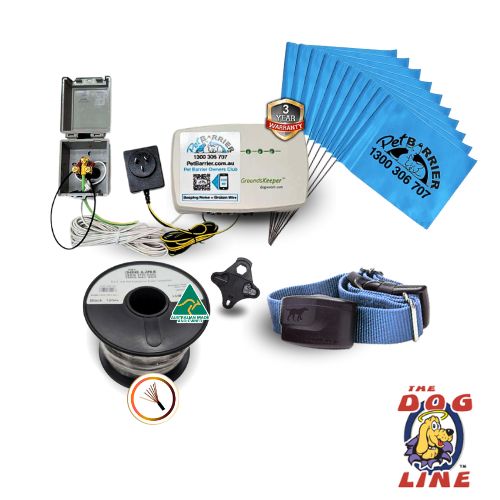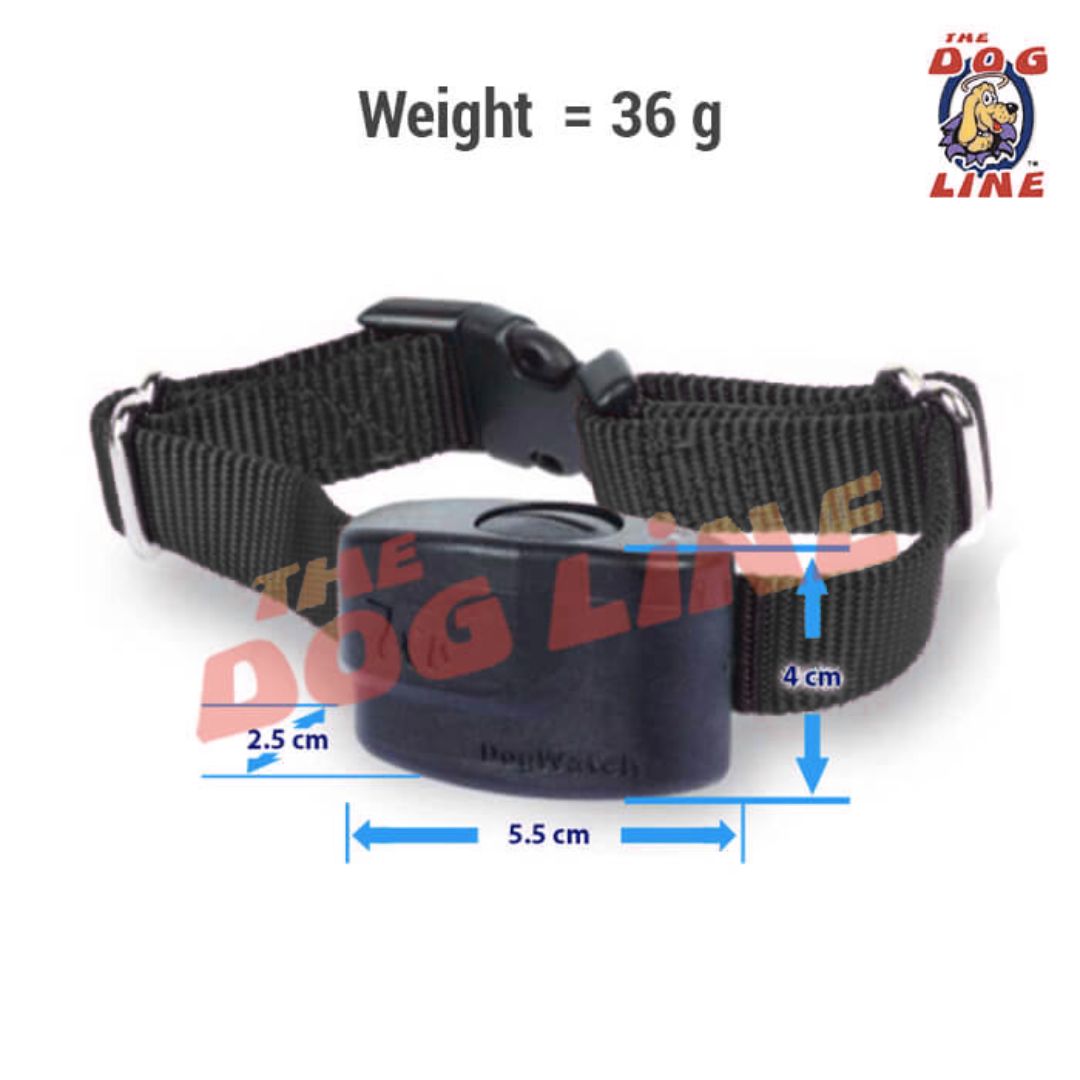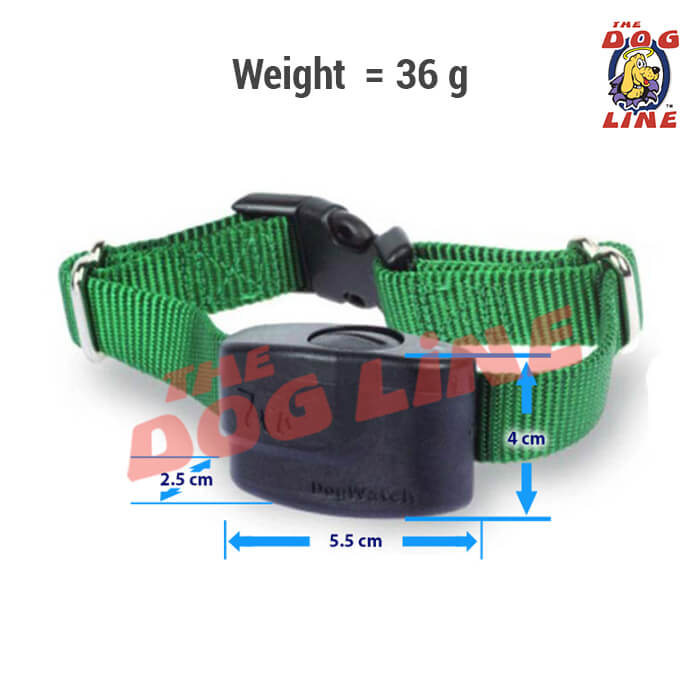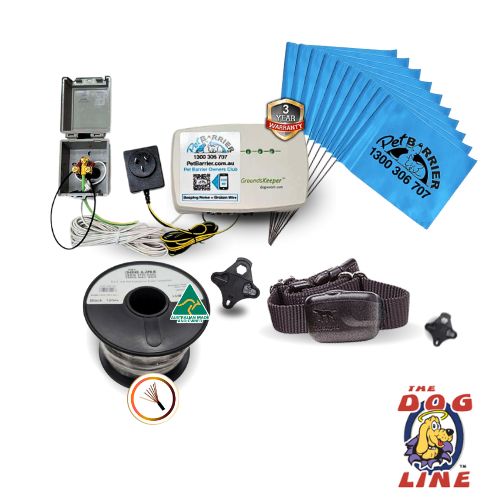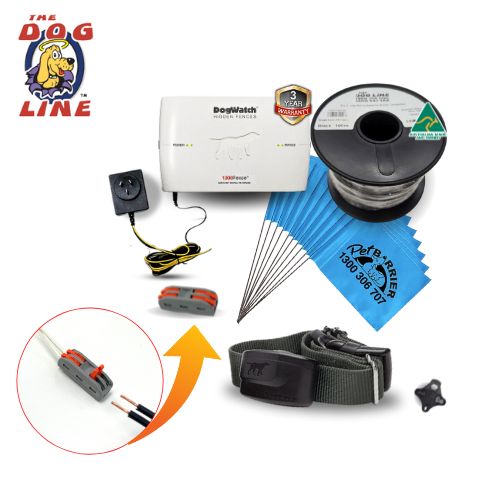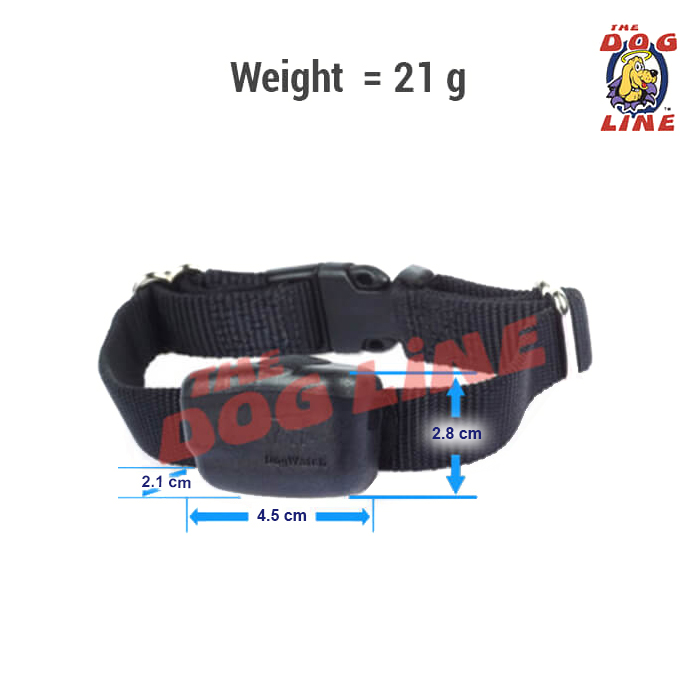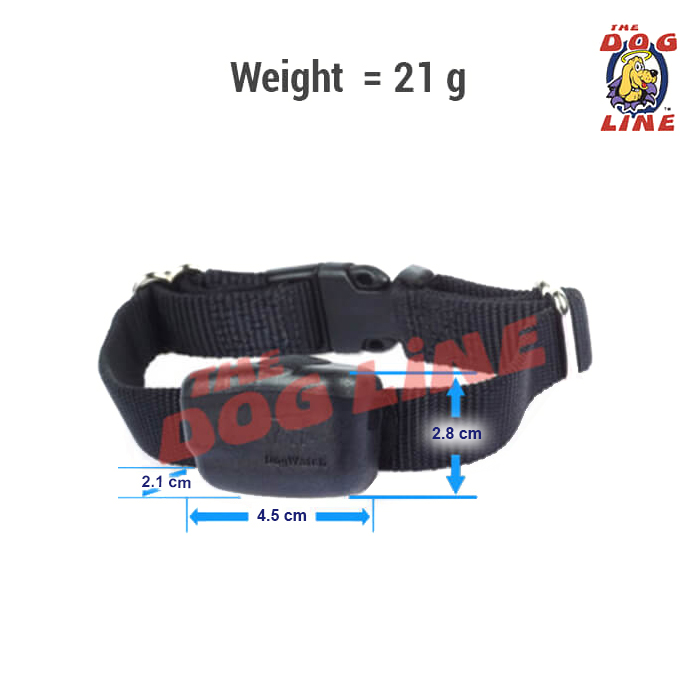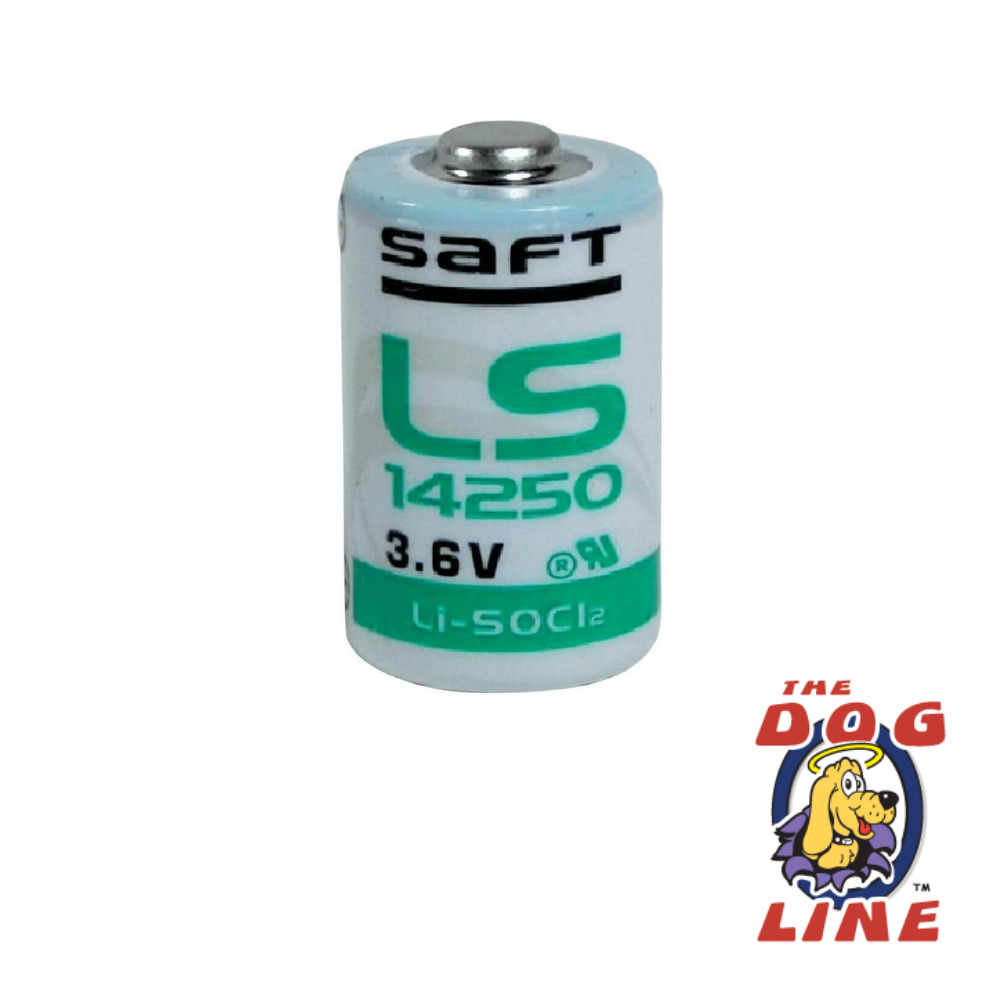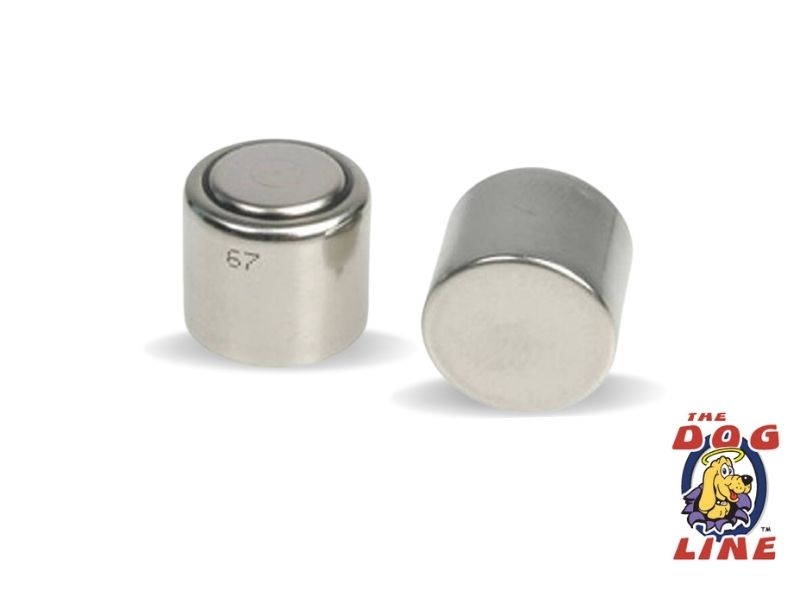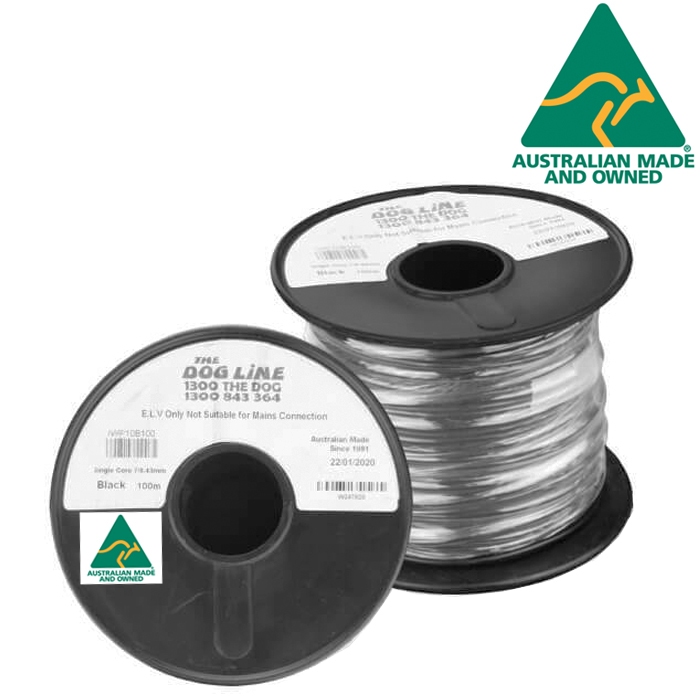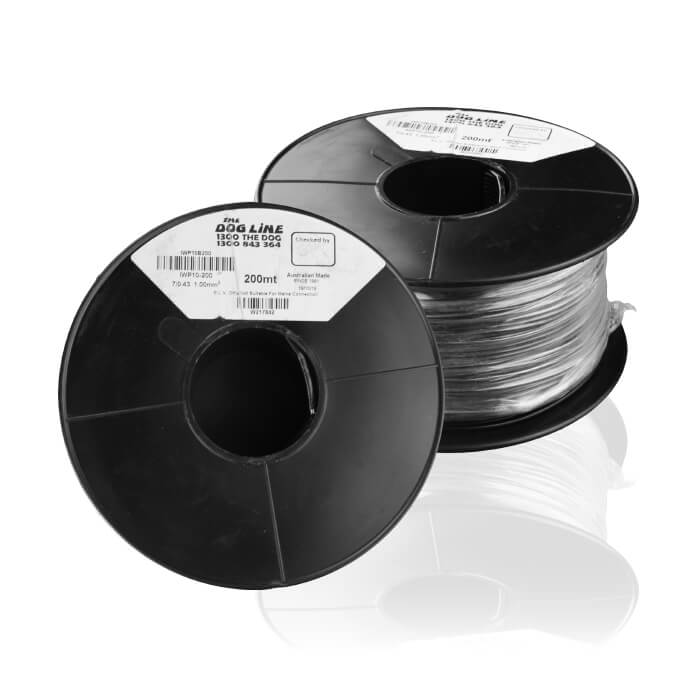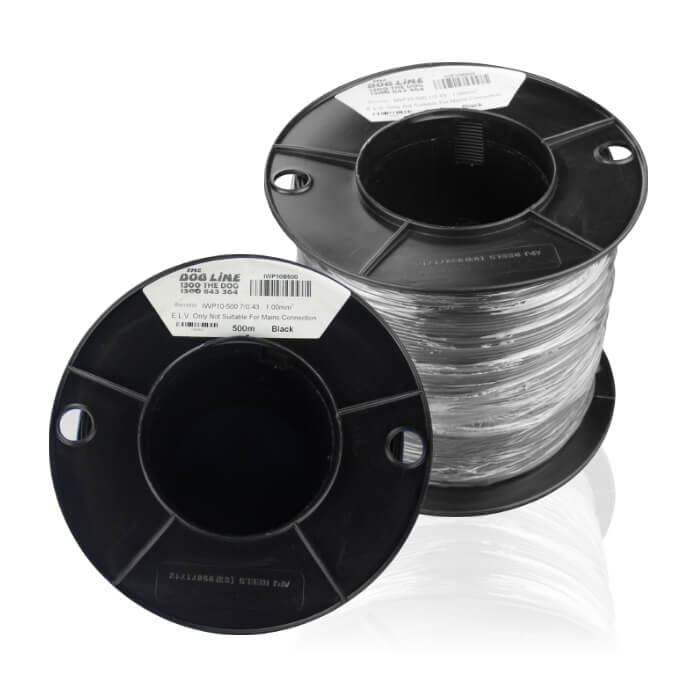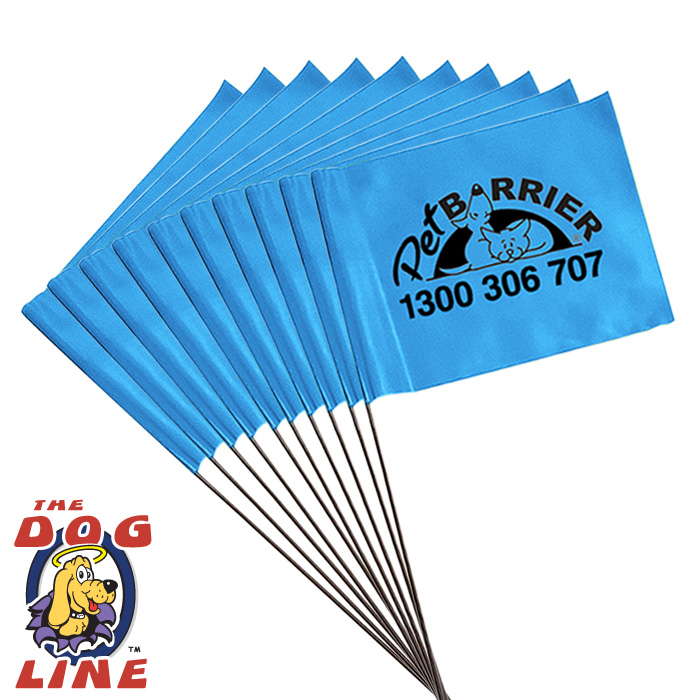SAME DAY SHIPPING!
Hurry offer expires in
Case Study 2 - Porch Sitting Syndrome
Maggie has just arrived at her new forever home... (Maggie is going to be our little star and you can see Maggie experiencing the Electronic dog fence collar for the first time)
Today... the subject is Porch sitting syndrome - What Is It? - How To Avoid it - And How To Cure It.
Click on any of these icons to see the videos and more information |
|---|
|
|
A big concern is that the fencing is not great and at the end of the driveway is a very busy road... So obviously there is a huge risk. A Double Risk - Not only for Maggie but also for the passing cars, and guess who would be responsible for the cost of any accidents or damage if Maggie did venture on to the road.
Contributing Causes of Porch Sitting
-
A Non-regulated power adaptor that may fluctuate the Radio Signal
-
Pet Fence Collars that do not have low enough levels (or no levels at all)
-
Signal Bounce - Signal Jump - Signal Coupling (often caused by point 1)
-
Poor quality Radio Frequencies and Transmitters
-
Taking the training too fast
-
Owners letting their dog get away with sitting on the porch
Download Your Free Quote and Pricing Guide Here
There's a lot of options out there we know, and getting it wrong can end up costing more in the long run.
Feel free to call and chat to one of our Dog Fence Specialists to 1300 843 364.
You can also tell us about your dog and property and we will send through our Dog Fence Buying Guide and Pricing.
Discover More about the Importance of
- * Lightning Damage Warranty
- * Regulated Power Supply
- * HDPe Coated Wire (Australian Made)
- * Coded Digital FM Radio Frequencies.
- * The Anti Linger Feature and Battery Life ($)
- * The Chew Warranty
- * Reaction times and 'Anti Run Through'
- * Tri Aerial System
- * Gentle Steps Training for Success
The BIG Danger of Porch Sitting
-
Your dog has no respect for the Pet Fence Boundary and runs straight from the Porch across the signal.
-
Your dog doesn't get to use the whole of the property and becomes anxious or bored
We want our dogs to have the full range of the property so they can wander freely. Any dog that is not using the whole property could be said to be suffering from a degree of porch sitting syndrome. (But, it sounds worse than it actually is and is easy to avoid given the right equipment, training, and knowledge)
Porch Sitting Syndrome Is When A dog Gets Scared To Leave The Porch
Again, it's not as scary as it sounds, and it is quite easy to understand why it occurs and what you can do to minimise the degree to which it affects your dog. Your dog can show varying signs of reluctance to venture out during the training period, which is a sign of Porch Sitting Syndrome. After all, from the perspective of your dog... there is something out there that they do not like or understand, just yet.
The way you train your dog and the type of collar you select for your Electronic Pet Fence can greatly influence the degree of Porch Sitting Syndrome that can occur.
Here's a few points to consider to help minimize Porch Sitting
-
The Quality of the Receiver Collar ( Adjustable levels - Consistency - Comfort )
-
The way you introduce your dog to the Radio Signal around the property
-
The number and frequency of the training sessions
-
The way your dog is responding to the training sessions as you proceed
-
The use of visual clues like flags, fences and gates
Avoiding Porch Sitting Syndrome is Easier Than Curing it:
Like most things, being aware of the issue is 80% of the problem solved before you even start. So when you start the training consider a few things from your dog's perspective.
We can't explain what is going to happen - They can't see anything at the end of the driveway - and they actually want to go for a walk and obey you on the lead. However, they must experience the Pet Fence in order to understand it. The least amount of discomfort and the more time you give your dog the better.
Let's take it slowly and why not let your dog and its response be the guide in the training. If your dog says it has had enough or needs more time then that is what you should do.
In our training videos where we show the dogs experiencing the collar for the first time, we took advantage of the low levels in the Pet Fence Collar just to get some recognition of the sensation, the tones and the correction zone.
Mum You must be kidding. The last 3 times we went outside I got "pinged" by some sort of invisible beeps thingy - and now you want me to come outside with you again. I don't think so.
You will notice that in all of the videos, we did short, controlled ventures into the radio signal, and once the dog had given us a refusal - we stopped.
The 80/20 Rule And Tips in Training your Dog
After a few training sessions (which are set out in our Pet Fence training guide) your dog will probably show a degree of reluctance to leave the house and venture out for "more training" This can be seen as some sort of Porch Sitting Syndrome (as I mentioned it does sound worse than it actually is).
If every time you take your dog out on the lead you give it a 'Correction' at the fence - then you shouldn't be surprised if your dog refuses to leave the house when you want to take it out for some training.
So let's spend 80% of our time in the "Safety Area" and you won't have too much of a problem.
If you spend 80% of your time just cruising your dog around the property in a nice relaxing manner then you will probably find your dog will work out the other 20% by itself.
If your dog shows signs that it doesn't want to go with you for another training session don't panic. I would suggest grabbing a coffee, a chair, your dog's favourite toy or "blankie", and taking your dog to a patch of ground in the safe area for some "one on one" time.
Stay there for a while and maybe even move your chair along the boundary so the dog is reassured that you are not such a bad person after all - it's not always about giving your dog a correction every time you take them out. Train your dog to where it is safe to wander and play.
-
80% of training would be Walking around the safe areas
-
Do one small section at a time.
-
Walk your dog up and down the boundary of the property/Correction zone as close as they feel comfortable
-
Give your dog a lap of the property every time you start a training session and at the end of each session.
-
Don't overdo it - be prepared to stop and let your dog get comfortable in one of the safe areas.
-
A good couple of hours break between training sessions will help your dog relax into the new territory.
The Remedy For Porch Sitting Syndrome - is Cuddle time
As I mention above if your dog is showing signs of not wanting to use the whole property then your job is to expand your dogs comfort zone slowly.
Again, don't panic. As time goes by, and we could be talking a few weeks your dog will gradually work out where the Correction zones are and where it is safe to play.
If you have to pick your dog up or drag him down to the back corner of the property to sit and play for a while then do it.
Cuddle time in as many different areas of the property will not only be really good for your fog - but probably really enjoyable for you as well.
A bit more about - Maggie and her Pet Fence Training
Maggie is a rescued Staffordshire terrier (Cross) she has settled into her new home really well and quickly became a loved member of the family.
She was very interested in the chooks - so we put the radio signal around the chook pen as well. She responded to the fence training really easily. We decided to bring the wire up the driveway a bit to help push Maggie a bit further away from the open driveway.
Are you confused about the choices? Then Download our FREE Dog Fence Buying Guide.
We have put together a Comprehensive Guide... That includes 7 Points to consider before you make a decision on a Dog Containment System. Tell us a bit about your dog and your property and we will put together a quote and send you our FREE report will ensure that you understand how these systems work and the questions you need to consider to ensure you get the results you are looking for the first time.
We have wide options of electric dog fences that surely fit your dog types and different areas that you want to be safe such as garden beds, small property, large property, and even indoor property. Each type has its own distinct features that offer a great deal for both of you and your dog.
 The Dogline
The Dogline























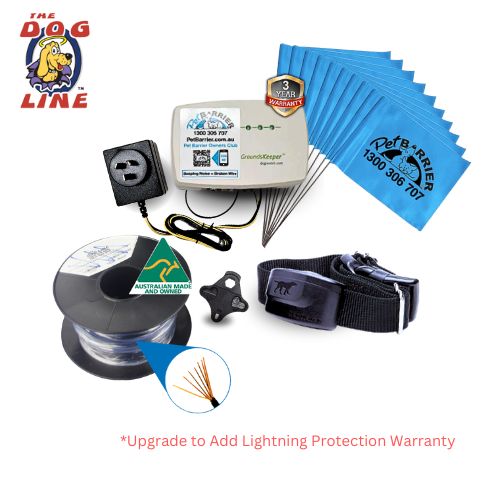

.jpg?_)

